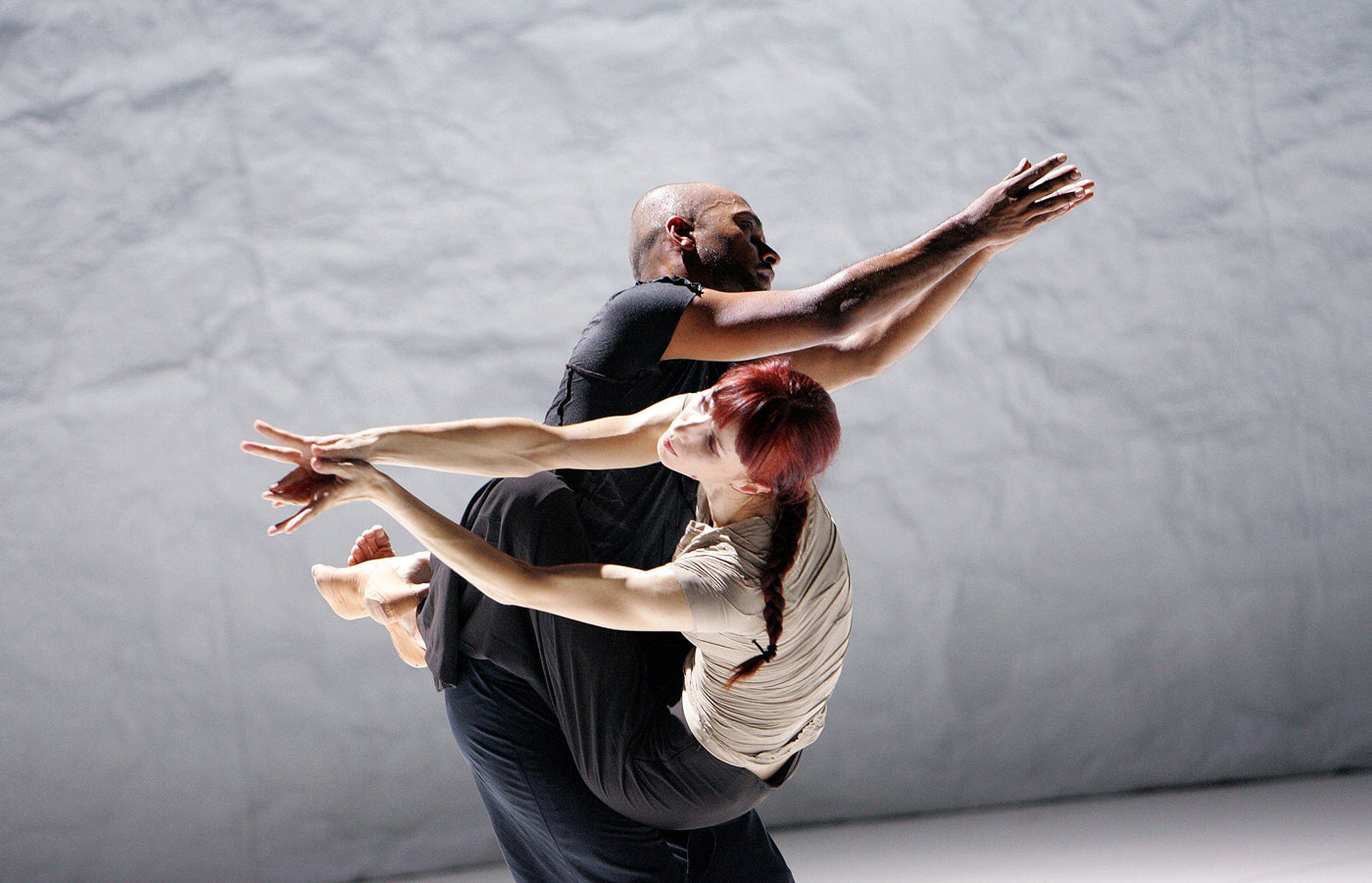Ultimate Release
Perhaps not since Mikhail Fokine’s 1905 iconic “The Dying Swan” has there been as haunting a solo dance depiction of avian death as Aakash Odedra Company’s “Songs of the Bulbul” (2024).
Continue Reading
World-class review of ballet and dance.
When it was conceived in 2006, “Sacred Monsters” marked Sylvie Guillem's transition from the classical scene to the contemporary one—an intriguing development that had the famed ballerina's fans on the edge of their seats, eager to witness what turned out to be an inspired reformation. This revival, however, speaks to a less celebratory event: Guillem's impending departure from the stage altogether. (Her final performances have been announced for May 2015.) A full house showed up last week to watch the piece, which takes its title from an old French nickname for the biggest icons of the theatre and also features contemporary superstar Akram Khan. We weren't disappointed: the two stars put on an incredible show, one brimming with virtuosity and the kind of experimental artistry only dancers of a certain calibre can pull off convincingly.
Performance
Place
Words

Akram Khan and Sylvie Guillem in "Sacred Monsters." Photograph by Tristram Kenton


“Uncommonly intelligent, substantial coverage.”
Your weekly source for world-class dance reviews, interviews, articles, and more.
Already a paid subscriber? Login
Perhaps not since Mikhail Fokine’s 1905 iconic “The Dying Swan” has there been as haunting a solo dance depiction of avian death as Aakash Odedra Company’s “Songs of the Bulbul” (2024).
Continue ReadingDance, at its best, captures nuance particularly well, allowing us to feel deeply and purely. In its wordlessness, it places a primal reliance on movement and embodied knowledge as communication all its own. It can speak directly from the body to the heart, bypassing the brain’s drive to “make sense of.”
Continue Reading“Racines”—meaning roots—stands as the counterbalance to “Giselle,” the two ballets opening the Paris Opera Ballet’s season this year.
Continue Reading“Giselle” is a ballet cut in two: day and night, the earth of peasants and vine workers set against the pale netherworld of the Wilis, spirits of young women betrayed in love. Between these two realms opens a tragic dramatic fracture—the spectacular and disheartening death of Giselle.
Continue Reading
comments